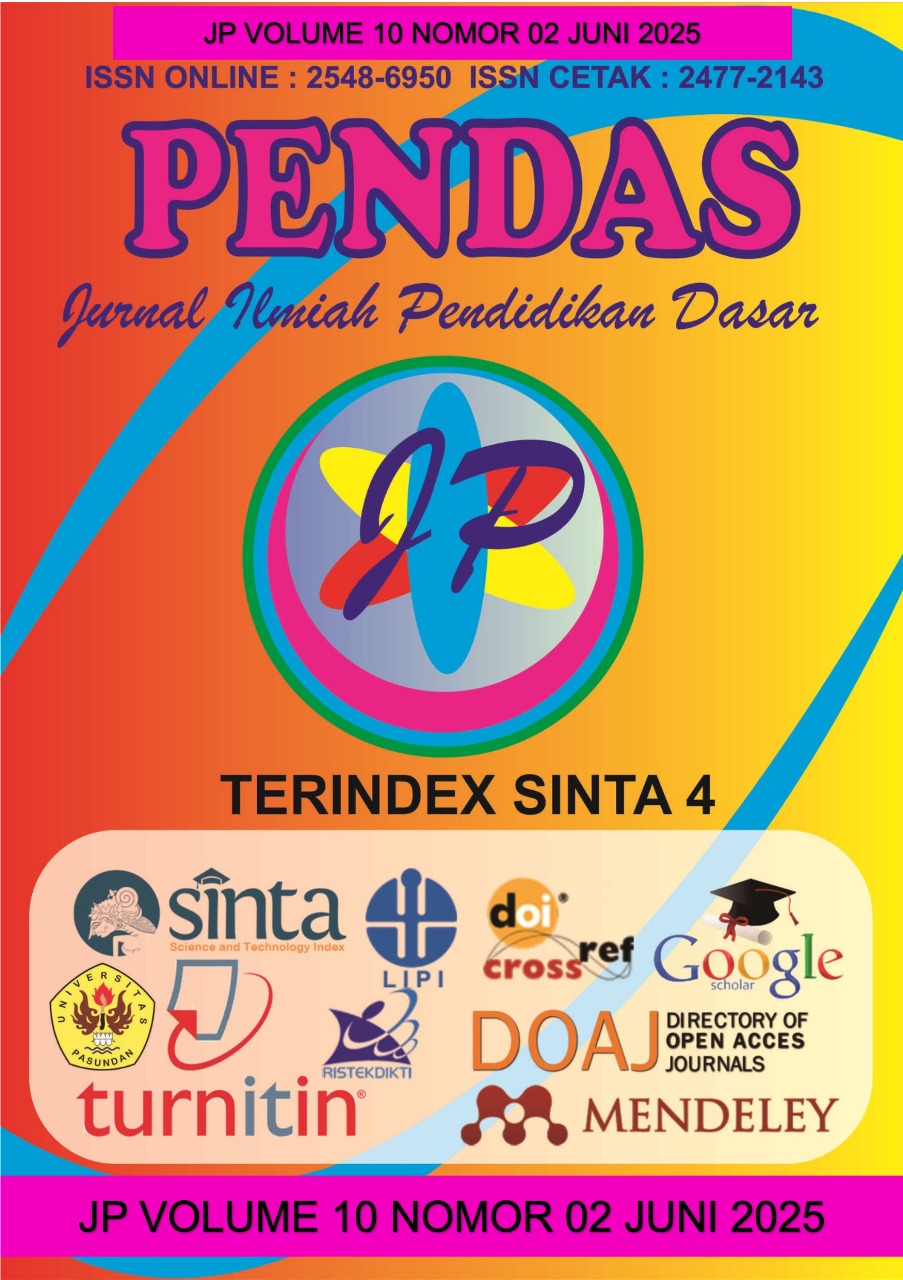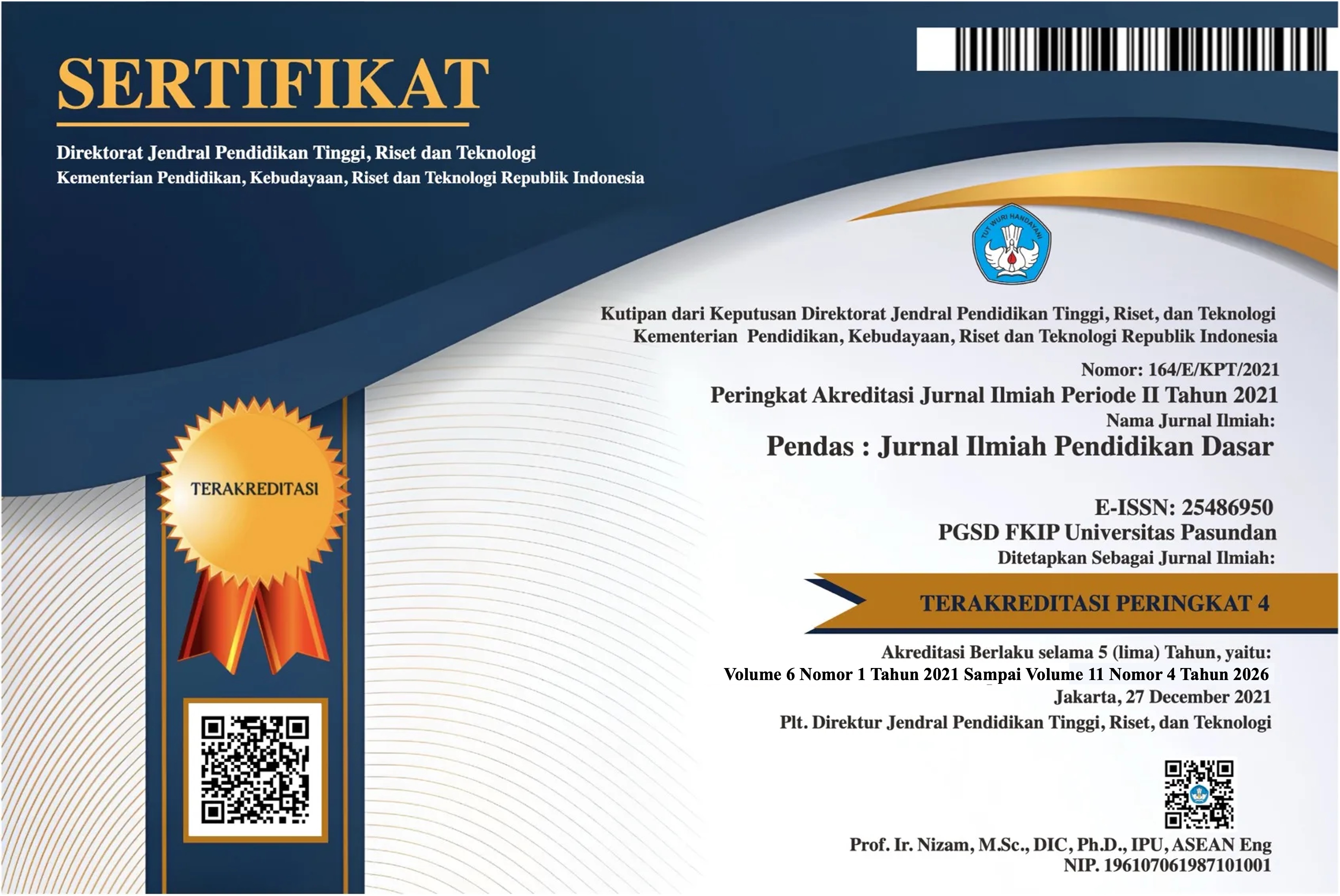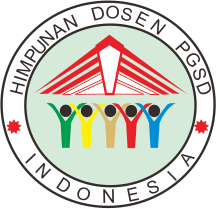PENINGKATAN KETERAMPILAN KOMUNIKASI SISWA MELALUI MODEL PROBLEM-BASED LEARNING DALAM PEMBELAJARAN AGAMA BUDDHA
DOI:
https://doi.org/10.23969/jp.v10i2.24402Keywords:
buddhist culture and values, communication skills, Buddhist religious education, problem-based learning research, reflective learning, student participation, classroom actionAbstract
This study explores the implementation of Problem-Based Learning (PBL) to enhance students’ communication skills in Buddhist Religious Education at SMA Negeri 1 Girimulyo, Indonesia. Using a Classroom Action Research (CAR) design, the research was conducted in two cycles involving three Buddhist students from Grade XI. The study employed observation, interviews, and documentation to collect qualitative and quantitative data, focusing on key indicators of communication skills such as effective expression, active listening, interpersonal interaction, and clarity. Findings from the first cycle indicated limited student participation, low self-confidence, and challenges in articulating ideas. After pedagogical refinements and full integration of the PBL model in the second cycle, student performance improved significantly. The average communication score rose from 65.67% in Cycle I to 73.44% in Cycle II. Students became more active in discussions, demonstrated increased confidence during presentations, and responded more effectively to their peers. The results demonstrate that PBL not only promotes student engagement but also fosters meaningful learning through culturally relevant content. This approach enables students to connect Buddhist values with real-world issues, enhancing both their cognitive and moral development. Therefore, PBL is a promising strategy for religious education, especially in minority contexts, offering a dynamic model that supports critical thinking, collaboration, and ethical reflection.
Downloads
References
Abdelhalim, G. E., Kamel, N. M. F., & Abd-ElRasoul, A. S. A.-E. F. (2020). Effect of Interactive Learning Environment on Nursing Students’ Engagement and Academic Self-Concept. Egyptian Journal of Health Care, 11(3), 670–681. https://doi.org/10.21608/ejhc.2020.169588
Anggraini, F. D. P., Aprianti, A., Setyawati, V. A. V., & Hartanto, A. A. (2022). Pembelajaran Statistika Menggunakan Software SPSS untuk Uji Validitas dan Reliabilitas. Jurnal Basicedu, 6(4), 6491–6504. https://doi.org/10.31004/basicedu.v6i4.3206
Asroni, A. (2023). The Implementation of Islamic Religious Education With a Multicultural Perspective at SMA Piri 1 Yogyakarta. Qalamuna Jurnal Pendidikan Sosial Dan Agama, 15(1), 255–264. https://doi.org/10.37680/qalamuna.v15i1.2234
Bae, Y., Fulmer, G. W., & Hand, B. (2021). Developing Latent Constructs of Dialogic Interaction to Examine the Epistemic Climate: Rasch Modeling. School Science and Mathematics, 121(3), 164–174. https://doi.org/10.1111/ssm.12460
Berggren, J., Torpsten, A., & Berggren, U. J. (2020). Education Is My Passport: Experiences of Institutional Obstacles Among Immigrant Youth in the Swedish Upper Secondary Educational System. Journal of Youth Studies, 24(3), 340–354. https://doi.org/10.1080/13676261.2020.1728239
Chien, G. I. (2020). Integrating Contemplative and Ignatian Pedagogies in a Buddhist Studies Classroom. Religions, 11(11), 567. https://doi.org/10.3390/rel11110567
Fitriani Zainal, N. (2022). Problem Based Learning pada Pembelajaran Matematika di Sekolah Dasar/Madrasah Ibtidaiyah. Jurnal Basicedu, 6(3), 3584–3593.
Hadibarata, T., Hidayat, T., & Kwabena, J. O. (2023). Problem Based Learning in Engineering Course in Malaysia. Acta Pedagogia Asiana, 2(2), 95–105. https://doi.org/10.53623/apga.v2i2.234
Homsombat, P., Phisaiphun, K., Jantharach, N., Ruangsan, N., Sawaengwong, P., Sriburin, E., & Marasi, S. (2021). Learning Management Emphasizing Desirable Characteristics of Students in Buddhist University. Linguistics and Culture Review, 5(S1), 596–608. https://doi.org/10.21744/lingcure.v5ns1.1443
Hoyt, S., Theodore, N. D., & Alford, T. L. (2020). Creating a Learning Community and Building Engagement in Online Engineering Courses Using Active Learning Instructional Practices and Edtech Tools. International Journal on Innovations in Online Education, 4(1), 11. https://doi.org/10.1615/intjinnovonlineedu.2020032594
Jacob, T. T., & Centofanti, S. (2023). Effectiveness of H5P in Improving Student Learning Outcomes in an Online Tertiary Education Setting. Journal of Computing in Higher Education, 36(2), 469–485. https://doi.org/10.1007/s12528-023-09361-6
Jovini, J., Sutikyanto, S., & Andanti, M. F. (2024). Integrating Buddhist Ethics Into Boarding School Education : Character Development at Pasastrian Kusalamitra, Gunung Kidul, Indonesia. Jurnal Kependidikan Jurnal Hasil Penelitian Dan Kajian Kepustakaan Di Bidang Pendidikan Pengajaran Dan Pembelajaran, 10(2), 467. https://doi.org/10.33394/jk.v10i2.11319
Lafendry, F. (2023). Urgensi Penelitian Tindakan Kelas Dalam Lingkup Pendidikan. Tarbawi : Jurnal Pemikiran Dan Pendidikan Islam, 6(2), 142–150. https://doi.org/10.51476/tarbawi.v6i2.520
Mashudi, M., & Hilman, C. (2024). Digital-Based Islamic Religious Education: A New Orientation in Enhancing Student Engagement and Spiritual Understanding. Global, 2(10), 2488–2501. https://doi.org/10.59613/global.v2i10.342
Mawadda, M., Supriadi, U., Anwar, S., & Abbas, H. M. (2023). Tolerance Learning in Islamic Religious and Character Education Textbooks. Analisa Journal of Social Science and Religion, 8(1), 51–66. https://doi.org/10.18784/analisa.v8i1.1901
Mite, A. D., Eveline, S., & Situmorang, R. (2021). Catholic Religious Learning With the Project Based Learning (PjBL) Approach: Validity and Feasibility. Journal of Education Research and Evaluation, 5(2), 185. https://doi.org/10.23887/jere.v5i2.32300
Muliatul, M., Sidqi, N., & Mazrur, M. (2024). The Role of High Schools in Central Kalimantan in Developing Islamic Religious Education for Adolescents: A Field Review in the Technological Era. Islamika, 6(3), 1350–1361. https://doi.org/10.36088/islamika.v6i3.5145
Najiha, I., Fitrah, A. M., Sandy, S., & Ismilah, S. (2024). Implementation of the Problem Posing Method in Increasing Student Learning Activities in Islamic Religious Education Class VIII at SMPIT Titian Ilmu Bekasi. Islamika, 6(3), 1304–1318. https://doi.org/10.36088/islamika.v6i3.5125
Nguyen, V., Halpin, R., & Joy‐Thomas, A. R. (2024). Guided Inquiry‐based Learning to Enhance Student Engagement, Confidence, and Learning. Journal of Dental Education. https://doi.org/10.1002/jdd.13531
Onyekwelu, R. A. (2024). Enhancing the Quality of Secondary Education Through Professional Development of Teachers in Nigeria. British Journal of Multidisciplinary and Advanced Studies, 5(1), 194–205. https://doi.org/10.37745/bjmas.2022.0438
Orfan, S. N., Akramy, S. A., Noori, A. Q., & Hashemi, A. (2021). Afghan Lecturers’ Perception of Problem-Based Learning: A Case Study of Takhar University. Journal of Problem-Based Learning, 8(2), 62–68. https://doi.org/10.24313/jpbl.2021.00059
Papageorgiou, E. (2021). Students’ Perceptions of Learning, Using Interactive Notes. South African Journal of Higher Education, 35(2). https://doi.org/10.20853/35-2-3975
Parrish, C. W., Guffey, S. K., & Williams, D. S. (2021). The Impact of Team-Based Learning on Students’ Perceptions of Classroom Community. Active Learning in Higher Education, 24(2), 169–183. https://doi.org/10.1177/14697874211035078
Peng, L., Deng, Y., & Jin, S. (2022). The Evaluation of Active Learning Classrooms: Impact of Spatial Factors on Students’ Learning Experience and Learning Engagement. Sustainability, 14(8), 4839. https://doi.org/10.3390/su14084839
Putra, H. R., Retnaningsih, W., & Nugroho, A. (2022). Enhancing Students’ Translation Skills Using Project Based Learning: A Case of an Islamic University. Ta Dib, 26(2), 93–106. https://doi.org/10.19109/td.v26i2.10006
Rahman, A., Widiantari, N. W. P., & Sugiarto, R. (2024). Developing a Culturally Responsive Reading Module for First-Grade Islamic Junior High School Students. Journal of Languages and Language Teaching, 12(4), 1885. https://doi.org/10.33394/jollt.v12i4.12664
Rokayah, R., Hermita, N., Vebrianto, R., Mujtahid, I. M., Sulistiyo, U., & Samsudin, A. (2023). Reflection of Indonesian Educators on the Implementation of the Merdeka Curriculum. Mimbar Sekolah Dasar, 10(3), 684–700. https://doi.org/10.53400/mimbar-sd.v10i3.64864
Sakibu, A., & Kamugisha, N. A. (2022). Shortage of School Physical Facilities as a Threat to Provision of Quality Education in Tanzania: A Case Morogoro Municipal Community Secondary Schools. East African Journal of Interdisciplinary Studies, 5(1), 141–231. https://doi.org/10.37284/eajis.5.1.918
Salari, M., Zarifi, A., & Tarmizi, R. A. (2021). Effect of Problem-Based Learning on Communication Skills of Undergraduate Nursing Students. Journal of Clinical Care and Skills, 2(1), 21–27. https://doi.org/10.52547/jccs.2.1.21
Sanaky, M. M., Saleh, L. M., & D. Titaley, H. (2021). Analisis Faktor-Faktor Keterlambatan Pada Proyek Pembangunan Gedung Asrama Man 1 Tulehu Maluku Tengah. Jurnal Simetrik, 11(1), 432–439. https://doi.org/10.31959/js.v11i1.615
Suryabrata, S. (2019). Metode Penelitian (2nd ed.). Rajawali Pers.
Tiara, V., Ninawati, Liska, F., Alya, R., & Barella, Y. (2024). Menggali Potensi Problem Based Learning: Definisi, Sintaks, Dan Contoh Nyata. Sosial: Jurnal Ilmiah Pendidikan IPS, 2(2), 121–128. https://doi.org/10.62383/sosial.v2i2.153
Wang, Y., & Ji, Y. (2021). How Do They Learn: Types and Characteristics of Medical and Healthcare Student Engagement in a Simulation-Based Learning Environment. BMC Medical Education, 21(1). https://doi.org/10.1186/s12909-021-02858-7
Wekerle, C., Daumiller, M., & Kollar, I. (2020). Using Digital Technology to Promote Higher Education Learning: The Importance of Different Learning Activities and Their Relations to Learning Outcomes. Journal of Research on Technology in Education, 54(1), 1–17. https://doi.org/10.1080/15391523.2020.1799455
Yuhastina, Y., Parahita, B. N., Astutik, D., Ghufronudin, G., & Purwanto, D. (2020). Sociology Teachers’ Opportunities and Challenges in Facing “Merdeka Belajar” Curriculum in the Fourth Industrial Revolution (Industry 4.0). Society, 8(2), 732–753. https://doi.org/10.33019/society.v8i2.234
Σάλτα, Κ., Paschalidou, K., Tsetseri, M., & Koulougliotis, D. (2021). Shift From a Traditional to a Distance Learning Environment During the COVID-19 Pandemic. Science & Education, 31(1), 93–122. https://doi.org/10.1007/s11191-021-00234-x
Downloads
Published
Issue
Section
License
Copyright (c) 2025 Pendas : Jurnal Ilmiah Pendidikan Dasar

This work is licensed under a Creative Commons Attribution 4.0 International License.



















